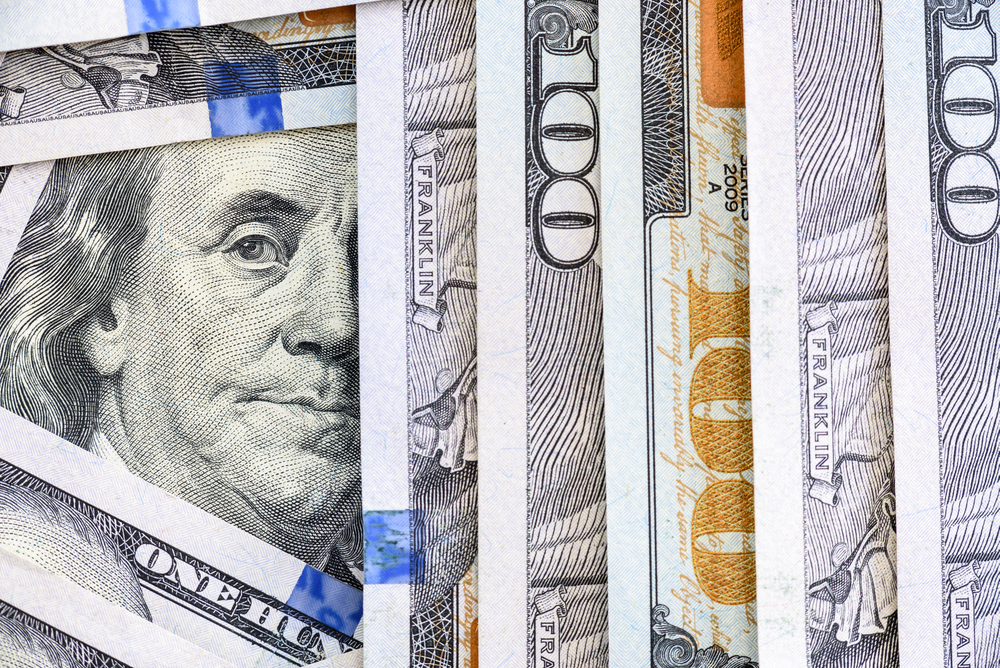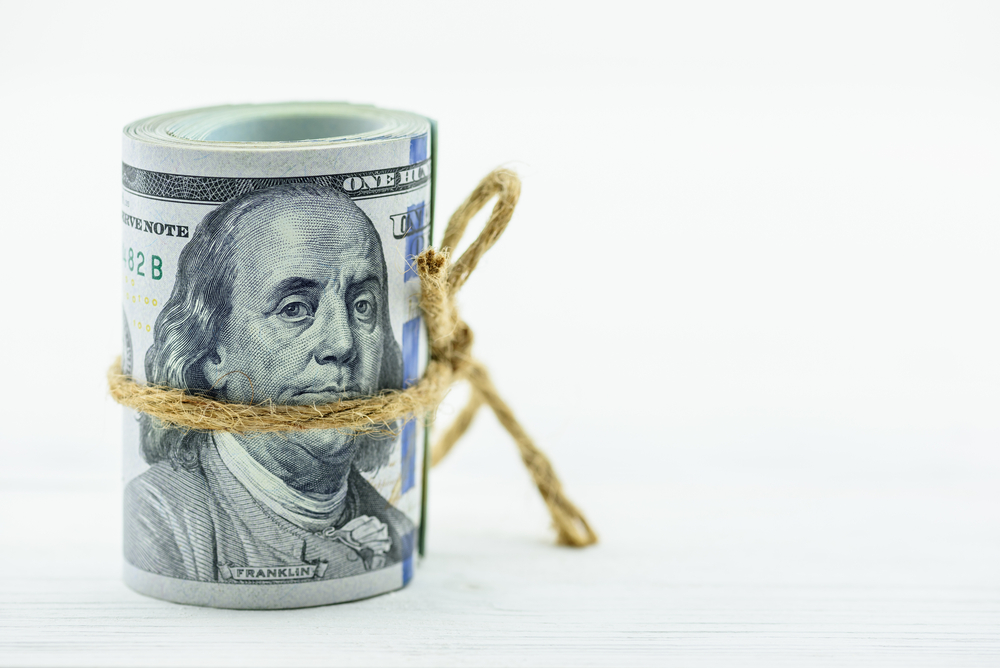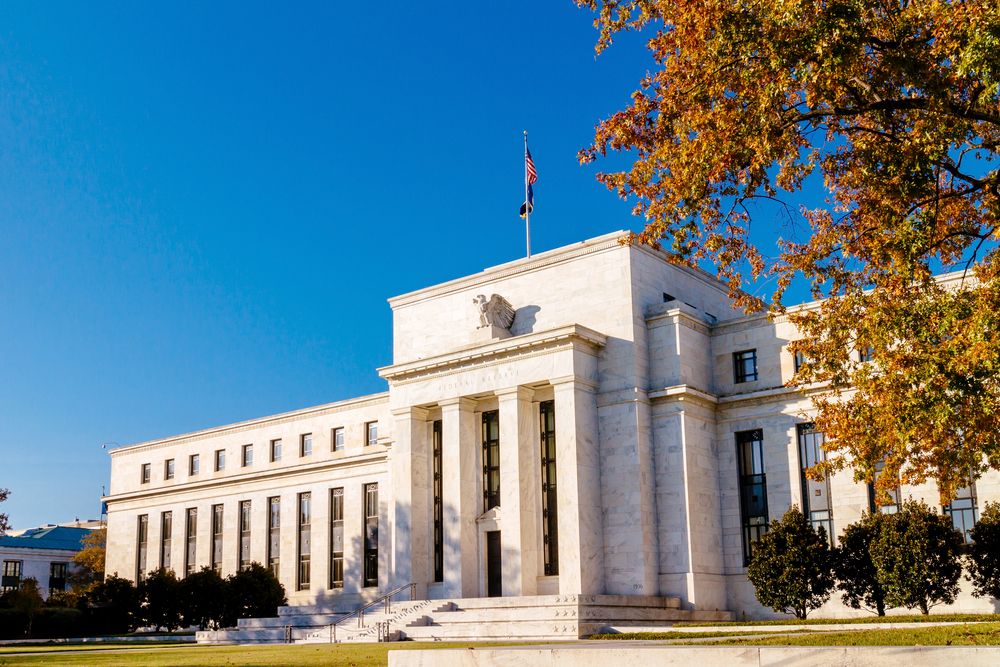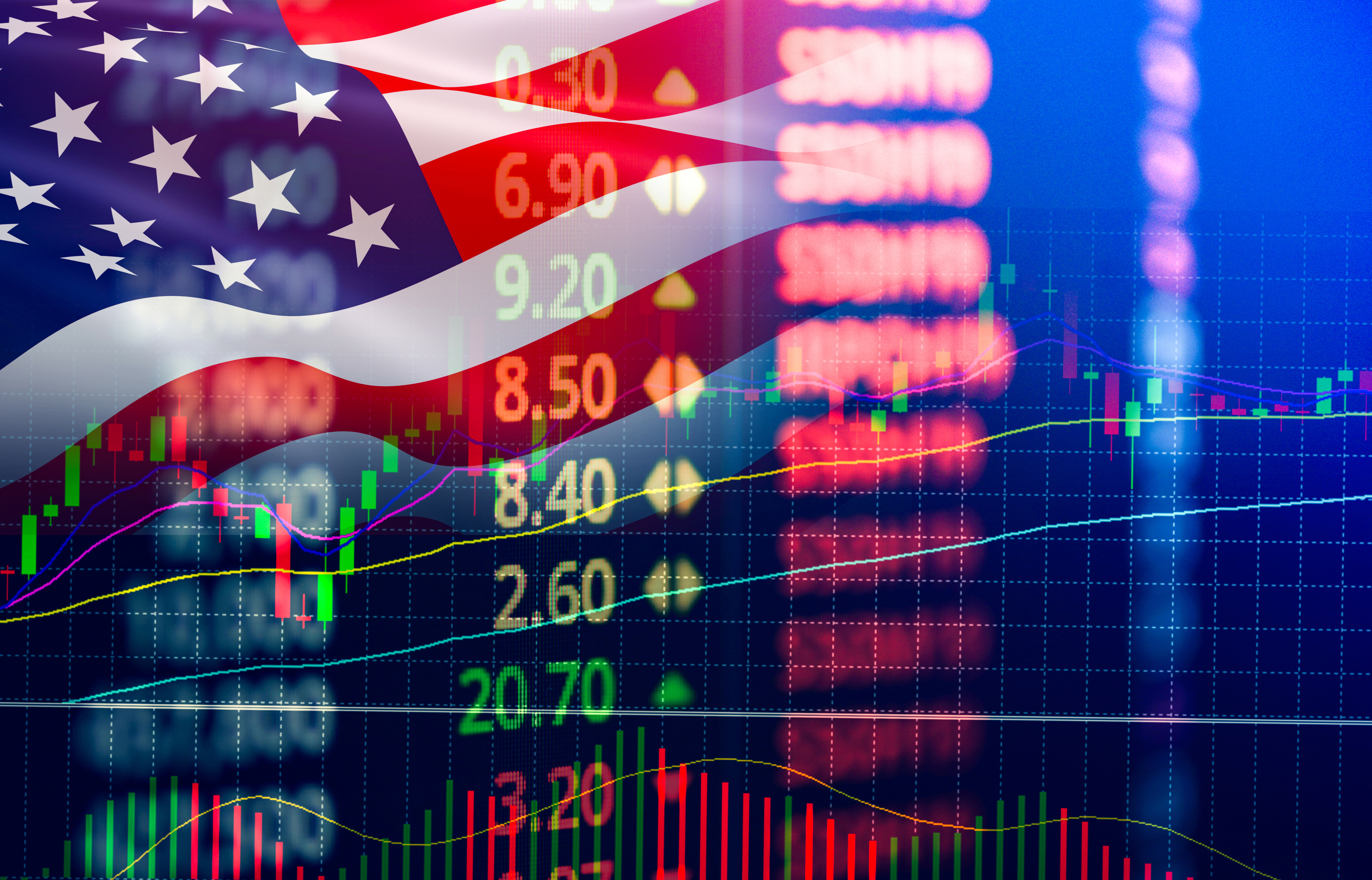US Treasury Bonds Continue to Shake the Financial Markets
As of January 2021, the upward trend of US Treasury bonds in the debt instruments market has put pressure on precious metals and stock market indices, especially emerging country currencies. 10-year US Treasury bond interest rates, which are considered as the indicators of bond market, tested 1.75 percent, have been at the top of the market participants' agenda.
Following the declaration of Covid-19 as a pandemic by WHO, US Federal Reserve's initiation of an ultra-loose monetary policy in order to support the economy has been the most important element of the expected rise in bond yields.
There are wide-ranging subsidies in addition to the packages the Democrats have announced, most of which are direct transfer payments, labeled as helicopter money.
Although the aggressive expansion of monetary and financial authority in the United States to support economic activity heavily affected by coronavirus was approved within the framework of orthodox policies in the deepest crisis since the Great Depression of 1929, the large dollar supply began to signal demand inflation, creating an environment of economic warming. Affordable, abundant liquidity injected into the economy, manufacturing and non-manufacturing (services and construction) companies through domestic consumption was significantly catalyzed the demand for housing and durable goods.
At this point, increased demand for imported goods increased the current account deficit in the United States, while Congress' strong expansion also deepened the budget deficit. According to the U.S. Department of Commerce, foreign trade balance in February was minus $ 68.20 billion. Treasury Department data also showed the federal budget balance with a deficit of $ 311 billion in February.
On the other hand, the acceleration of the vaccination campaign against coronavirus in the world's largest economy in 2021 has generated great optimism in households. Consumer confidence in the US rose to 109.7 points in March to the highest level of the last 12 months, according to the Conference Board, a New York-based research organization.
At the same time, the vaccination campaign has revived expectations for the recovery of the global economy, especially the US economy. In fact, in order to control the 2nd and 3rd waves, public authorities decision for lockdowns, which will not hinder supply chains, increased the actual and expected demand and led to a rise in crude oil prices. In addition, Organization of the Petroleum Exporting Countries (OPEC) preserved the supply conditions, contributing to this rise in prices.
To sum up, the strong monetary expansion of both the Fed and Congress, as well as increased domestic demand led by housing and durable goods, negatively affected the outlook for the current balance, and with the increase in crude oil prices, risk of rise in inflation of plastic-based goods and transportation group was emerged. Rising inflation expectations have also broken market participants' demand for low-interest government bonds in the long term. Sales of long-term government bonds, especially 10-year bonds, pushed the prices down, bringing interest rates to the levels before pandemic.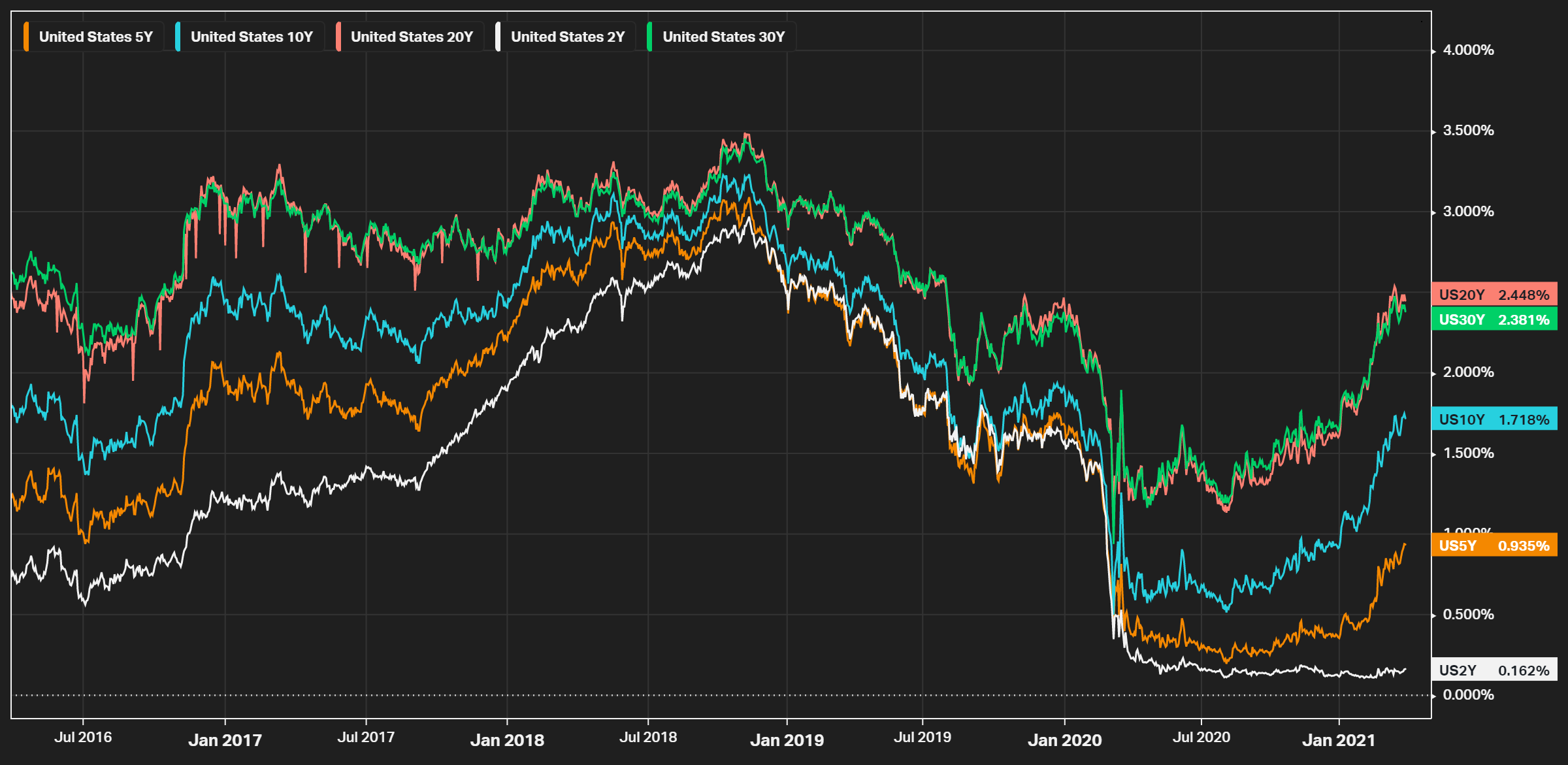
As a matter of fact, it was inevitable that even sales of US bond rates, which are risk-free yields in global markets, would put pressure on developed country currencies and stock market indices, which are risky investment instruments.
Here, Fed Chairman Jerome Powell's statement before the Committee on Banking, Housing, and Urban Affairs that he was not concerned about the recent increase in long-term bond rates and that this situation reflects the improving economic outlook, was very crucial for the financial markets.
In other words, Powell's words that this is a process under control and that the rise in inflation and inflation expectations will not be permanent indicates that there may be a relative decline in interest rates in the future. However, purchases in high-interest bond market will possibly lead to a rise in both dollar demand and dollar index.


